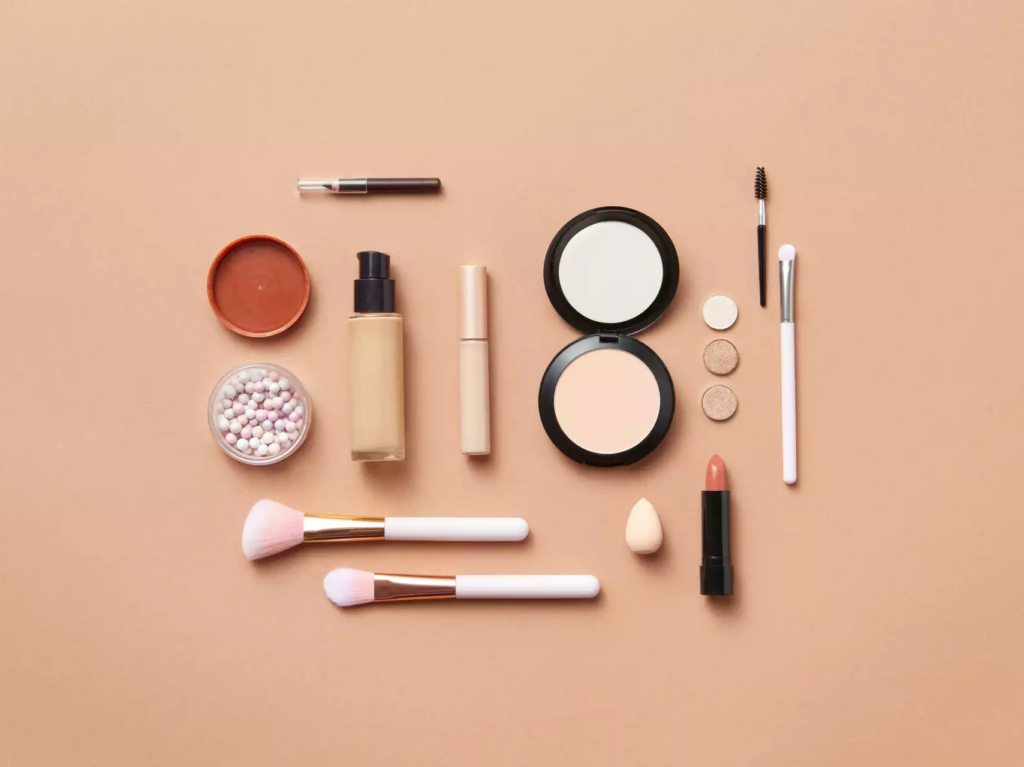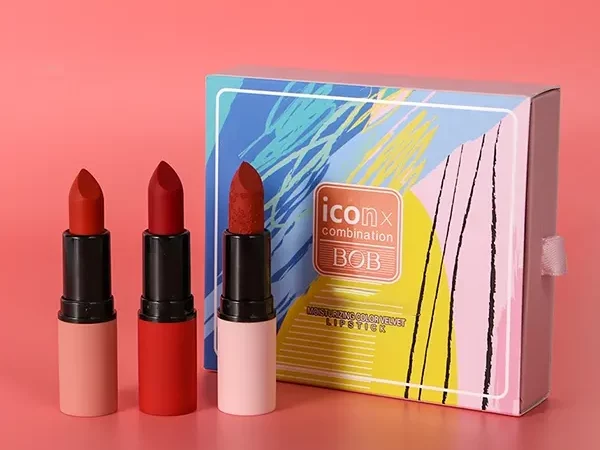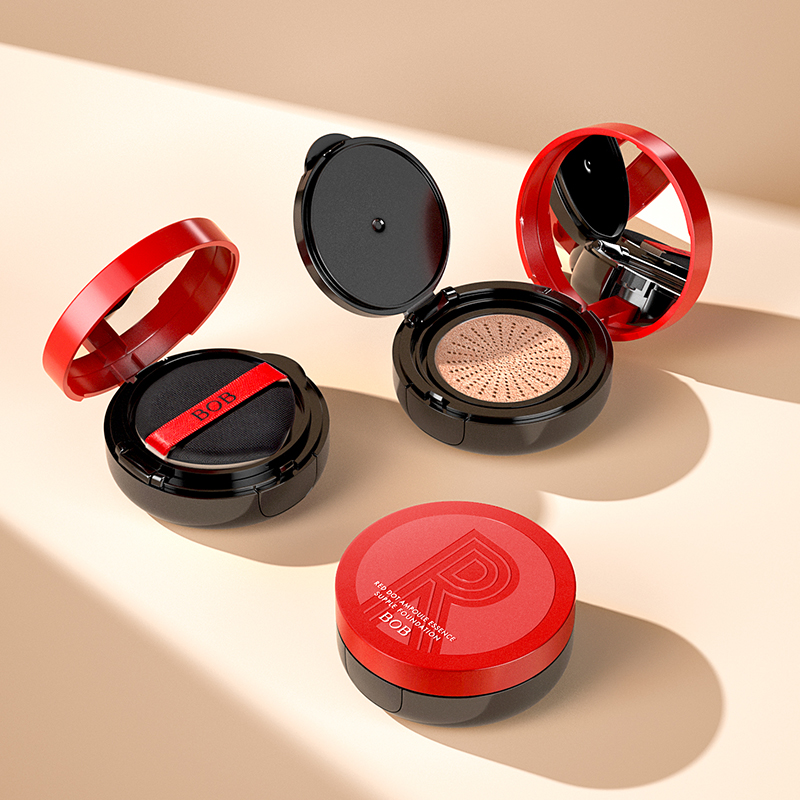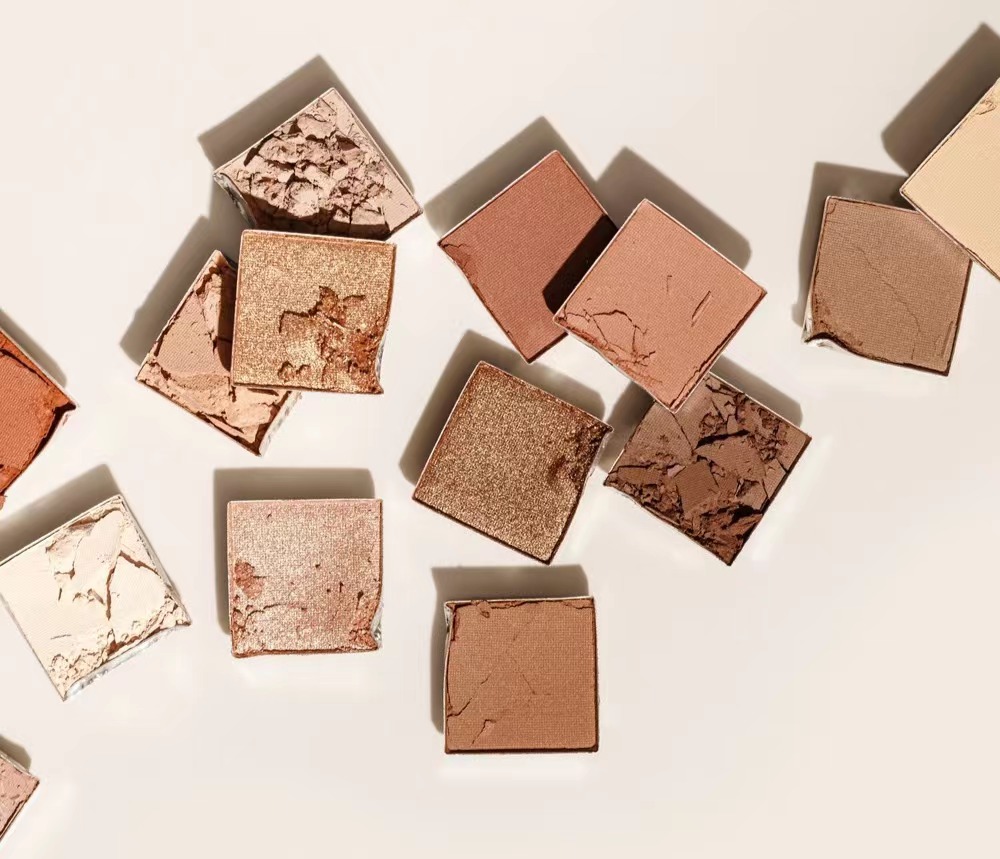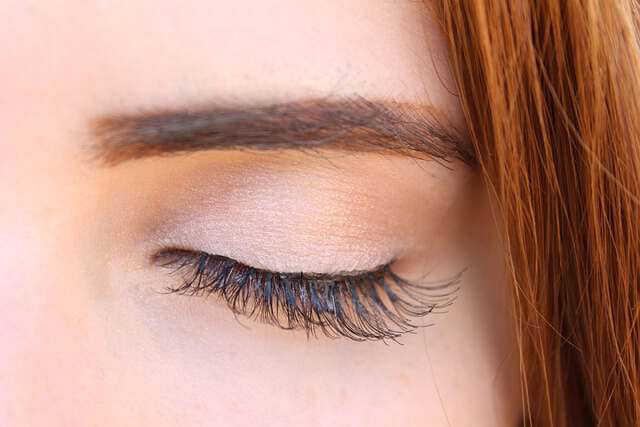Have you ever wondered, what is the difference between concealer and foundation makeup? While both are essential in any makeup routine, they serve distinct purposes and offer unique benefits. Concealer is your go-to for hiding blemishes and dark circles, offering targeted coverage. Foundation, on the other hand, provides an even base for your entire face, creating a smooth canvas. Understanding these differences can help you achieve a flawless, natural look every time.

What Is Foundation?
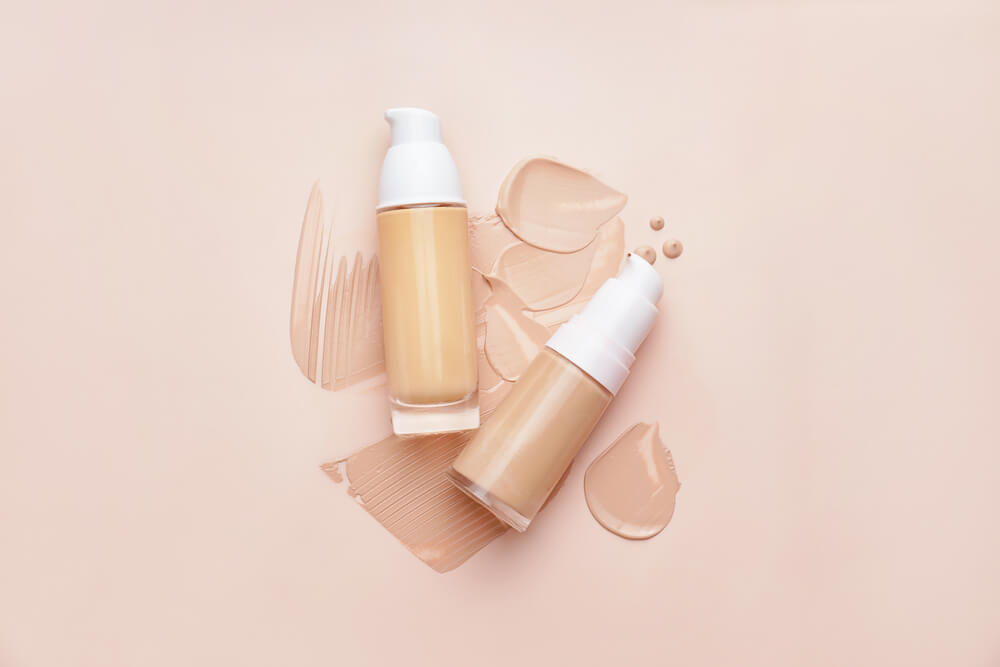
Foundation is a critical element in professional makeup, providing a smooth, even base that enhances the skin’s appearance. It covers imperfections, evens out skin tone, and creates a flawless canvas for additional makeup. Available in various formulations—liquid, powder, cream, stick, and mousse, foundation caters to different skin types and coverage needs. Proper selection involves matching the foundation to skin type and undertone, ensuring a natural, polished look that enhances the overall makeup application.
What Does It Do?
Foundation serves to create an even skin tone, conceal minor imperfections, and provide a uniform base for further makeup application. It enhances the skin’s natural appearance by smoothing out discolorations and blemishes, offering a polished and flawless look. Additionally, foundation can provide various finishes—matte, dewy, or natural. Its role is crucial in ensuring other makeup products apply smoothly and last longer, contributing to an overall professional and refined appearance.
Types of Foundation Formulas
Foundation is available in several formulas to suit different skin types and preferences.
- Liquid foundation offers versatile coverage and a natural finish, suitable for most skin types.
- Powder foundation is ideal for oily skin, providing a matte, shine-free look.
- Cream foundations are rich and moisturizing, perfect for dry or mature skin needing full coverage.
- Stick foundations provide convenience and portability for touch-ups.
- Mousse foundations offer a lightweight, airy texture, delivering a soft, natural finish ideal for a fresh-faced look.
How to Pick Your Foundation?
The right foundation involves understanding your skin type, undertone, and desired coverage.
- For oily skin, choose a mattifying, oil-free formula.
- Dry skin benefits from hydrating foundations with moisturizing ingredients.
- Sensitive skin requires hypoallergenic, fragrance-free options.
Besides, you can determine your undertone by examining your veins:
- Blue veins indicate cool undertones.
- Green veins suggest warm undertones.
- A mix indicates neutral undertones.
Test foundation shades in natural light on your jawline to ensure a seamless match with your natural skin tone.
What Is Concealer?
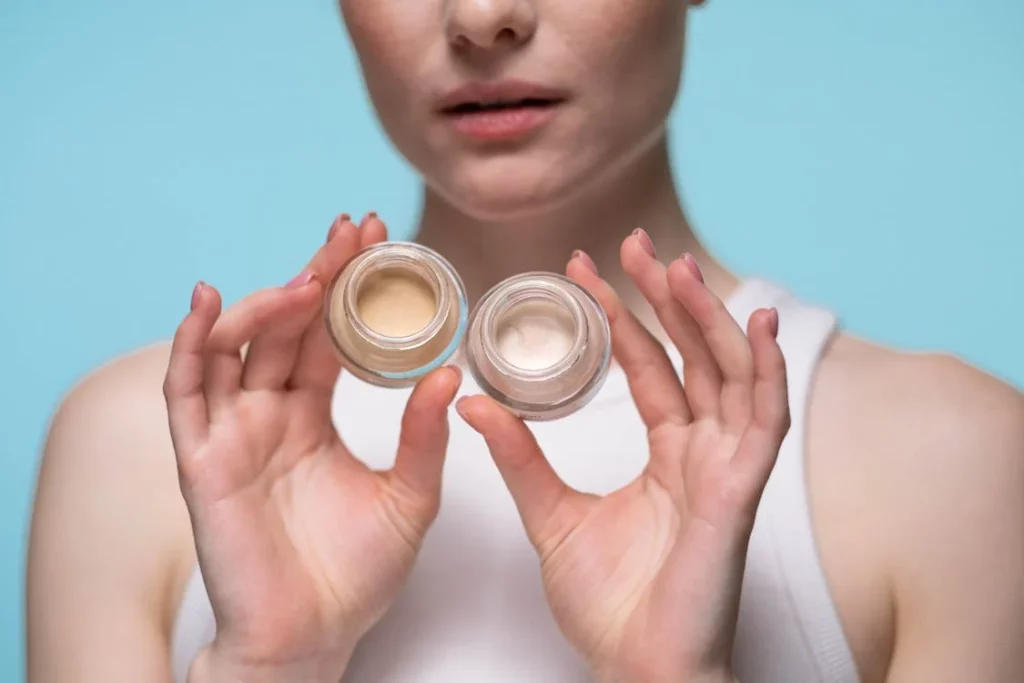
Concealer is a makeup product specifically designed to mask imperfections that foundation alone cannot fully cover. It is more pigmented than foundation, allowing it to effectively camouflage dark circles, blemishes, and hyperpigmentation. Concealer provides targeted coverage, making it an essential tool in achieving a flawless complexion.
How Is It Used?
Concealer is typically applied after foundation, focusing on areas that need extra coverage. Using a small brush or fingertip, dab the concealer onto the targeted spots and blend it out gently to avoid harsh lines. Concealers can also be used to highlight certain areas of the face, such as the under-eye area, the bridge of the nose, and the center of the forehead, to create a brightened, lifted appearance.
Types of Concealer Formulas
Concealers come in various formulations tailored to different skin types and coverage needs.
- Liquid concealers offer versatility and blendability, suitable for most skin types.
- Cream concealers provide full coverage and are ideal for concealing severe discolorations and blemishes, particularly on dry or mature skin.
- Stick concealers are convenient for precise application and on-the-go touch-ups.
- Pen concealers often feature built-in brushes for easy, targeted applications.
Each formula serves a unique purpose, ensuring specific skin concerns are effectively addressed.
Can You Wear Concealer Alone?
Yes, concealer can be worn alone to achieve a natural, polished look. It is particularly useful for covering specific imperfections like dark circles, blemishes, or redness without the need for a full face of foundation. Applying concealer strategically on problem areas can provide a refreshed and even-toned appearance. For a minimalist makeup routine, a light dab of concealer in key areas, blended well, can enhance your complexion without the heaviness of additional makeup layers.
How to Pick Your Concealer Color?
The right concealer color depends on the area you wish to cover.
- For under-eye circles, select a concealer one to two shades lighter than your skin tone to brighten the area.
- For covering blemishes and spots, a concealer that matches your skin tone precisely will provide the most natural coverage.
Besides, you need to consider the undertone of the concealer—match it to your skin’s undertone for a seamless blend. Testing the concealer in natural light ensures the most accurate color match.
What Is the Difference between Makeup Foundation and Concealer?
The distinction between makeup foundation and concealer is essential for achieving a flawless complexion. These two products, while complementary, serve unique purposes in your beauty routine. Here is what they are different.
Coverage and Texture
Foundation and concealer differ significantly in coverage and texture.
- Foundation provides overall coverage to even out skin tone, usually with a lighter, more fluid consistency. It offers various levels of coverage, from sheer to full, designed to smooth and unify the complexion.
- Concealer, on the other hand, is more pigmented and thicker, intended for targeted coverage of specific imperfections such as dark circles, blemishes, and redness. Its dense formula ensures more opaque coverage for those problem areas.
Application Techniques
Both products require thorough blending for a seamless, natural finish but their application techniques also vary.
- Foundation is typically applied using a brush, sponge, or fingers in broad, sweeping motions to cover large areas of the face evenly. It requires blending outwards to avoid harsh lines.
- Concealer is applied in smaller, precise amounts directly onto imperfections using a small brush, sponge, or fingertip. It’s often dabbed and blended gently to maintain concentrated coverage without disturbing the underlying foundation.
When to Use Each Product?
Foundation lays the groundwork, while concealer provides targeted perfection, ensuring a polished and refined look. With the proper and strategic uses, you can achieve a flawless, balanced complexion
- Foundation is used to create an even base, smoothing out overall skin tone and minor imperfections. It is applied across the entire face as the first step in makeup application.
- Concealer is used after foundation to address specific areas that need additional coverage, such as under-eye circles, blemishes, and hyperpigmentation.
When to Apply Concealer or Foundation First?
Whether to apply concealer or foundation first can significantly impact your makeup’s final look. The choice often depends on personal preference, specific skin concerns, and desired coverage.
Why Do Some Choose Foundation First?
Applying foundation first provides an even base, allowing you to see which areas need additional coverage with concealer. This approach can help minimize the amount of concealer used, resulting in a more natural finish. By starting with foundation, you create a uniform canvas, making it easier to blend concealer seamlessly and avoid a cakey appearance.
Why Do Some Choose Concealer First?
Some prefer applying concealer first to address significant blemishes or dark circles before layering foundation. This method allows for precise application and ensures that the concealer remains in place. It also enables lighter foundation application, which can result in a fresher, more breathable makeup feel. Applying concealer first is particularly beneficial for those requiring heavy correction in specific areas.
Tips for Using Foundation and Concealer Together
How to use foundation and concealer together are key to achieving a flawless and long-lasting makeup look. Proper techniques ensure that both products work harmoniously to enhance your natural beauty.
Layering Techniques
Effective layering starts with applying a thin, even layer of foundation to create a smooth base. Once the foundation is in place, use concealer to target and cover any remaining imperfections. Apply the concealer in thin layers, gradually building up coverage as needed to avoid a cakey or heavy appearance. Patting the concealer gently into the skin with a brush, sponge, or fingertip helps blend it seamlessly with the foundation. For an airbrushed finish, lightly dust a translucent setting powder between layers to lock in the products and prevent creasing.
Blending and Setting
Blending is crucial for a natural, cohesive look. Use a damp makeup sponge or a soft brush to blend the foundation and concealer into the skin, ensuring there are no visible lines or demarcations. Pay special attention to areas around the eyes and nose where products can accumulate. After blending, set your makeup with a translucent powder to increase its longevity and control shine. Focus on the T-zone, where oil tends to break down makeup, and lightly dust the rest of the face to maintain a balanced finish.
Common Mistakes and How to Avoid Them
A flawless makeup look requires attention to detail and awareness of common pitfalls. Here are some frequent mistakes when using foundation and concealer and how to avoid them.
Mismatched Shades
One of the most common mistakes is selecting foundation or concealer shades that do not match your skin tone. This can result in an unnatural or patchy appearance. To avoid this, always test products in natural light. Apply a small amount on your jawline to ensure it blends seamlessly with both your face and neck. Understanding your skin’s undertone—cool, warm, or neutral—can also guide you in choosing the correct shade. Cool undertones pair well with pink or blue-based shades, warm undertones suit golden or yellow-based shades, and neutral undertones can wear a wider range of colors.
Overuse of Product
Applying too much foundation or concealer can lead to a heavy, cakey look, emphasizing fine lines and imperfections rather than concealing them. To avoid overuse, start with a small amount of product and build up coverage gradually. For foundation, use a damp sponge or a brush to apply thin layers, blending well between applications. When using concealer, dab a small amount on targeted areas and blend outwards. Setting your makeup with a light dusting of translucent powder can help achieve a natural, long-lasting finish without the need for excessive product.
Conclusion
Understanding what is the difference between concealer and foundation makeup is essential for achieving a flawless complexion. While foundation creates an even base and smooths out skin tone, concealer provides targeted coverage for specific imperfections. By selecting the right products, mastering application techniques, and avoiding common mistakes, you can enhance your natural beauty and maintain a polished look. Use these insights to make informed choices and elevate your makeup routine to professional standards.


